
Which Sustainable Fashion Certifications Should You Look For?
There are so many certifications out there, and sometimes it can be difficult to know what’s important to look out for. What standards really make a difference when it comes to shopping consciously?
It’s up to the individual consumer to work out what’s important to them, so we’ve put together a list of important certifications that cover different part of a product’s lifecycle, from fibres to manufacturing.
What fibres have been used?
There are some lovely sustainable fabrics, from traditional fibres like linen and hemp, all the way through to innovative creations like Tencel, Pinatex, and Econyl (check out Good on You's directory of sustainable materials).
Cotton is one of the most widely used fibres in the fashion industry, and organic cotton is far more sustainable than its conventional counterpart. Here are a few global certifications to look out for:
-
Global Organic Textiles Standard (GOTS): GOTS are a world-leading processing standard for textiles. They focus on tracing certified organic fibres through different stages of the supply chain, from the farm to the supplier. They cover both environmental and social issues and also trace wool and silk.
-
Organic Content Standard: This standard works by verifying the amount of Organic Material in a final product, by tracing through to the source of the raw material. The Standard does not cover the certification of the raw material itself (verified independently), and nor does it address the chemical, social or environmental aspects of processing.
There are many different certifications for organic cotton worldwide. In the UK this is governed by The Soil Association, whereas in the US it’s done by organisations such as the Organic Trade Association.
There are some more general certifications associated with good practice when it comes to cotton farming:
-
Better Cotton Initiative: A member-based organisation that encourages farmers to grow cotton in a way that’s kinder to the environment and improves the lives of farmers. It’s aim is to transform cotton into a sustainable mainstream commodity.
-
Cotton Made in Africa: This initiative aims to uphold cotton production to a number of different standards, including sustainability, environmental protection, and the alleviation of poverty in smallholder cotton farms.
-
Fairtrade Cotton: Targeting cotton farmers in India and Africa, the Fairtrade Cotton Standard has criteria surrounding the protection of farmers’ health, the use of rain-fed methods and the provision of incentives for environmental protection





What chemicals have been used?
- Okeo-Tex Standard 100: This is a global standard for textile products at all stages of the supply chain. It ensures that no hazardous chemicals are used or present as residue.
You can read more about sustainable dyes on oecotextiles.

How has the garment been manufactured?
-
SA8000 Certified: Social Accountability International (SAI) aims to advance the human rights of workers all over the world, ensuring that crucial standards (such as minimum wage and working hour compliance, amongst others) are met.
-
Fairtrade Textile Standard: By requiring brands to commit to the terms of Fairtrade, this certification ensures that manufacturers and workers in supply chains bring about better working conditions.







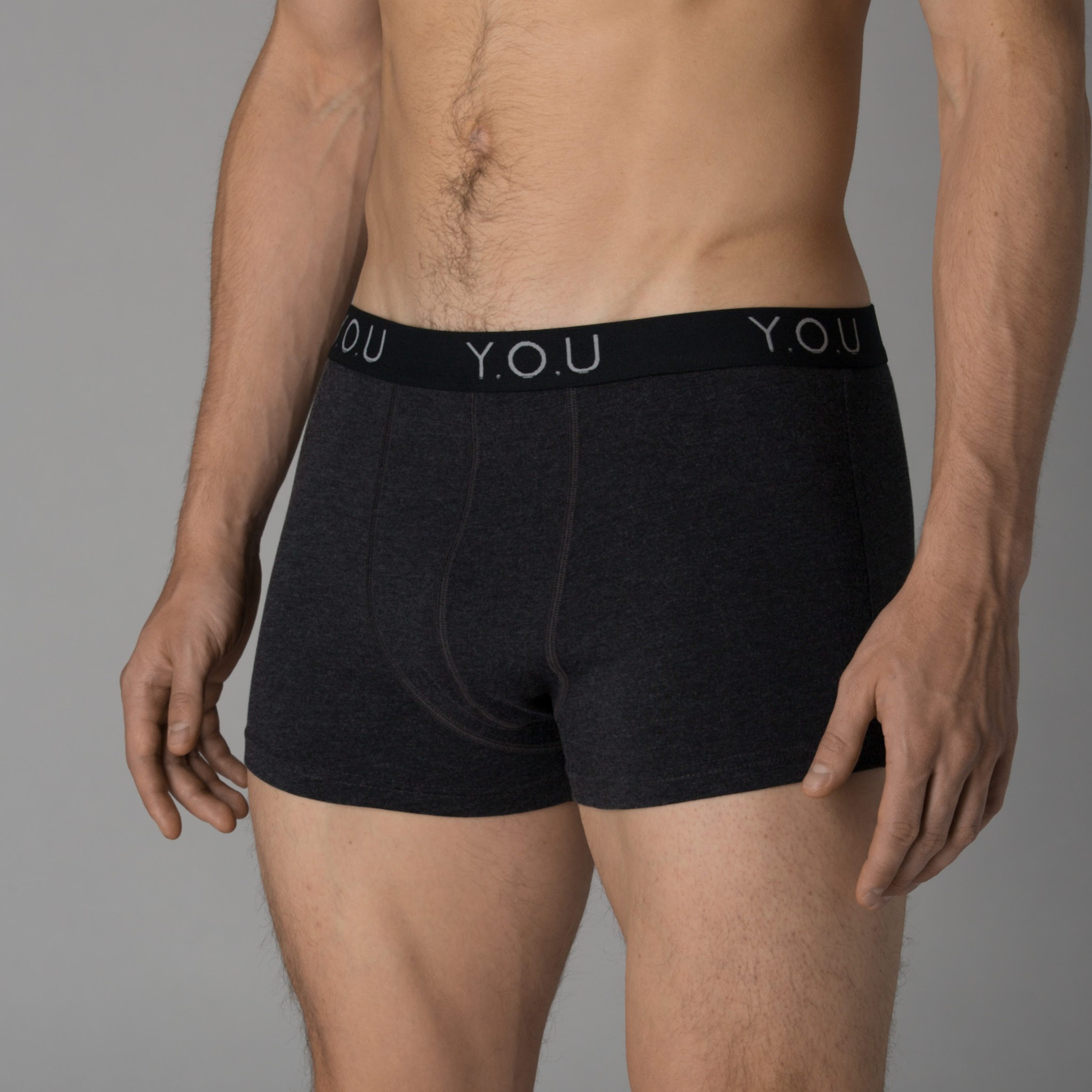

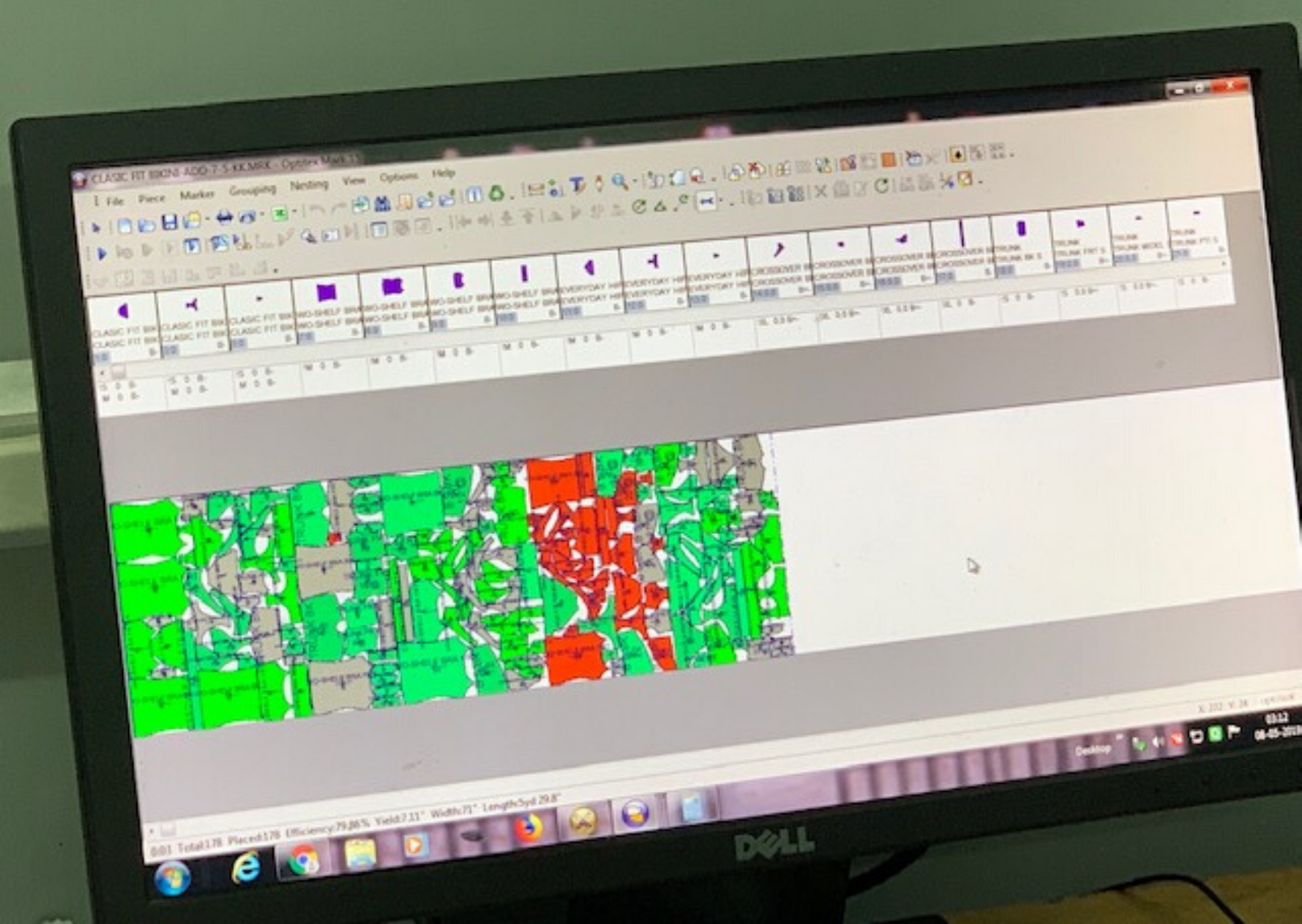
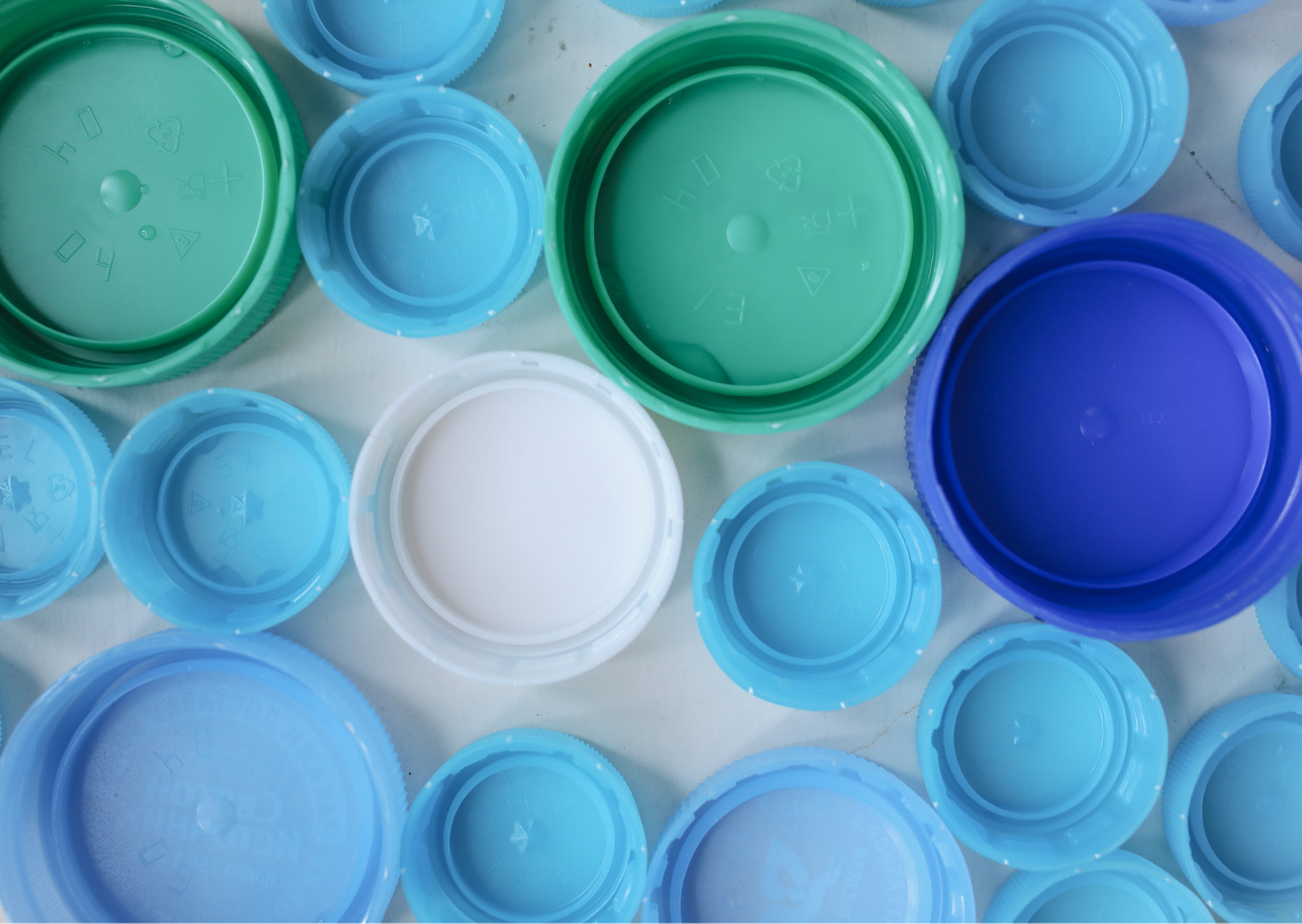
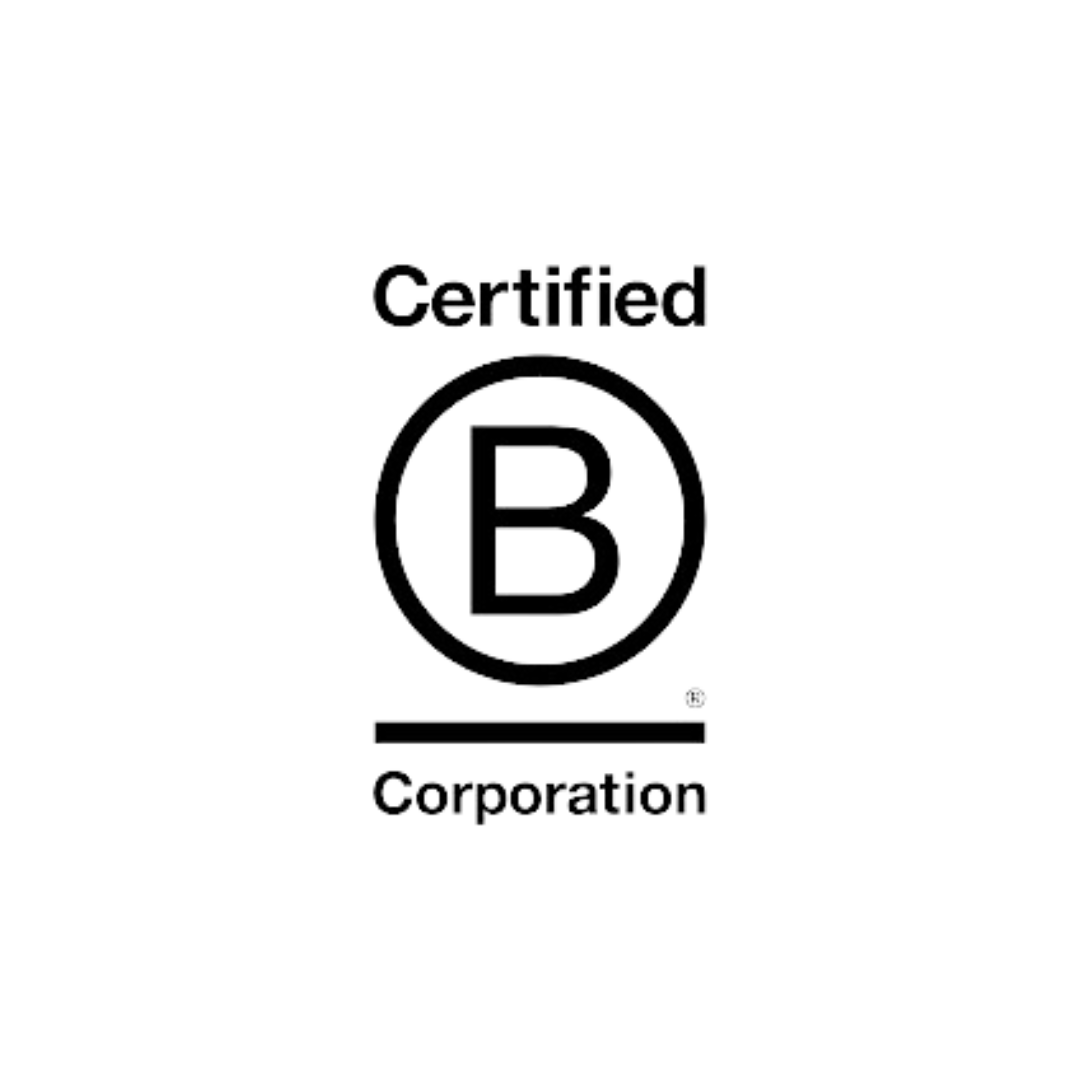
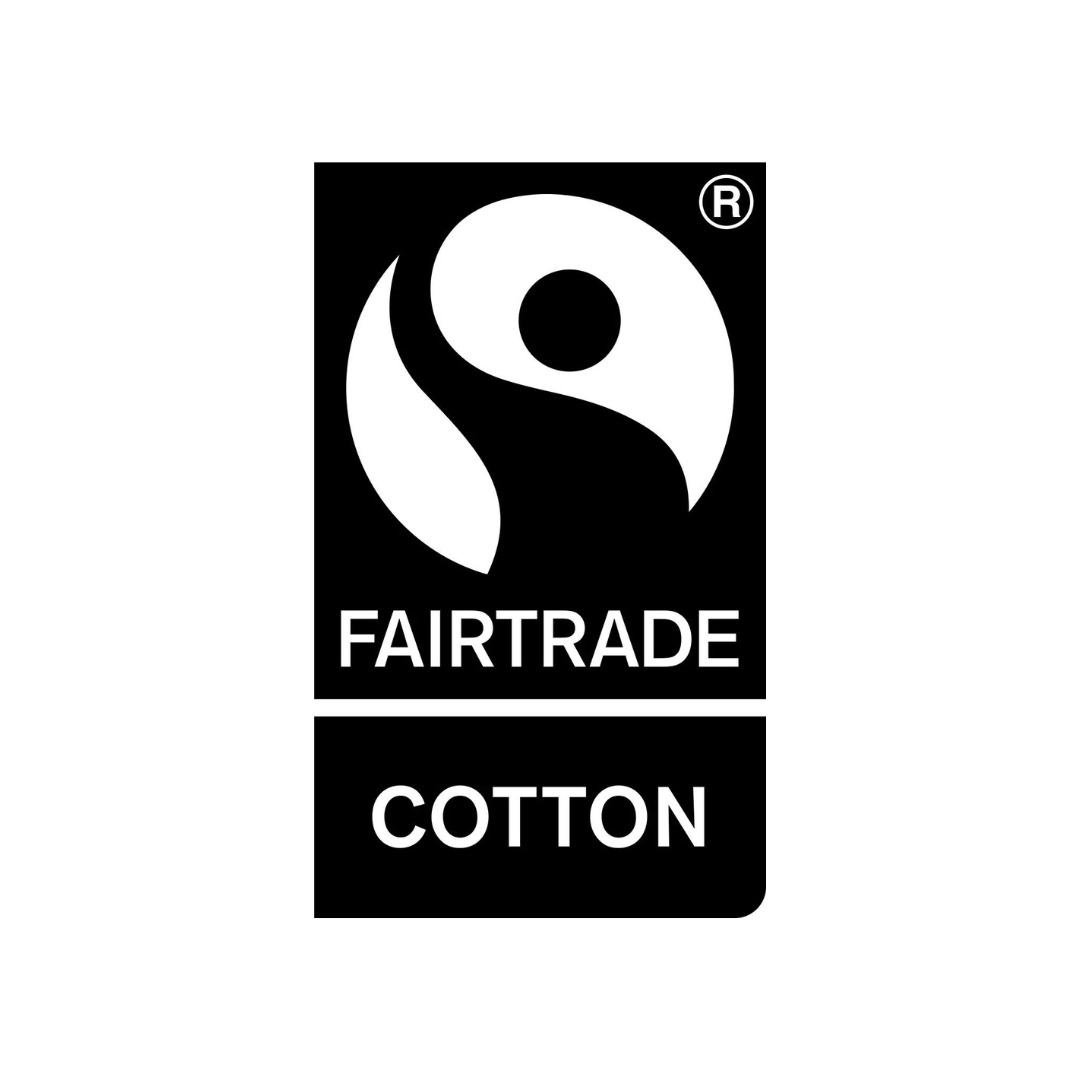
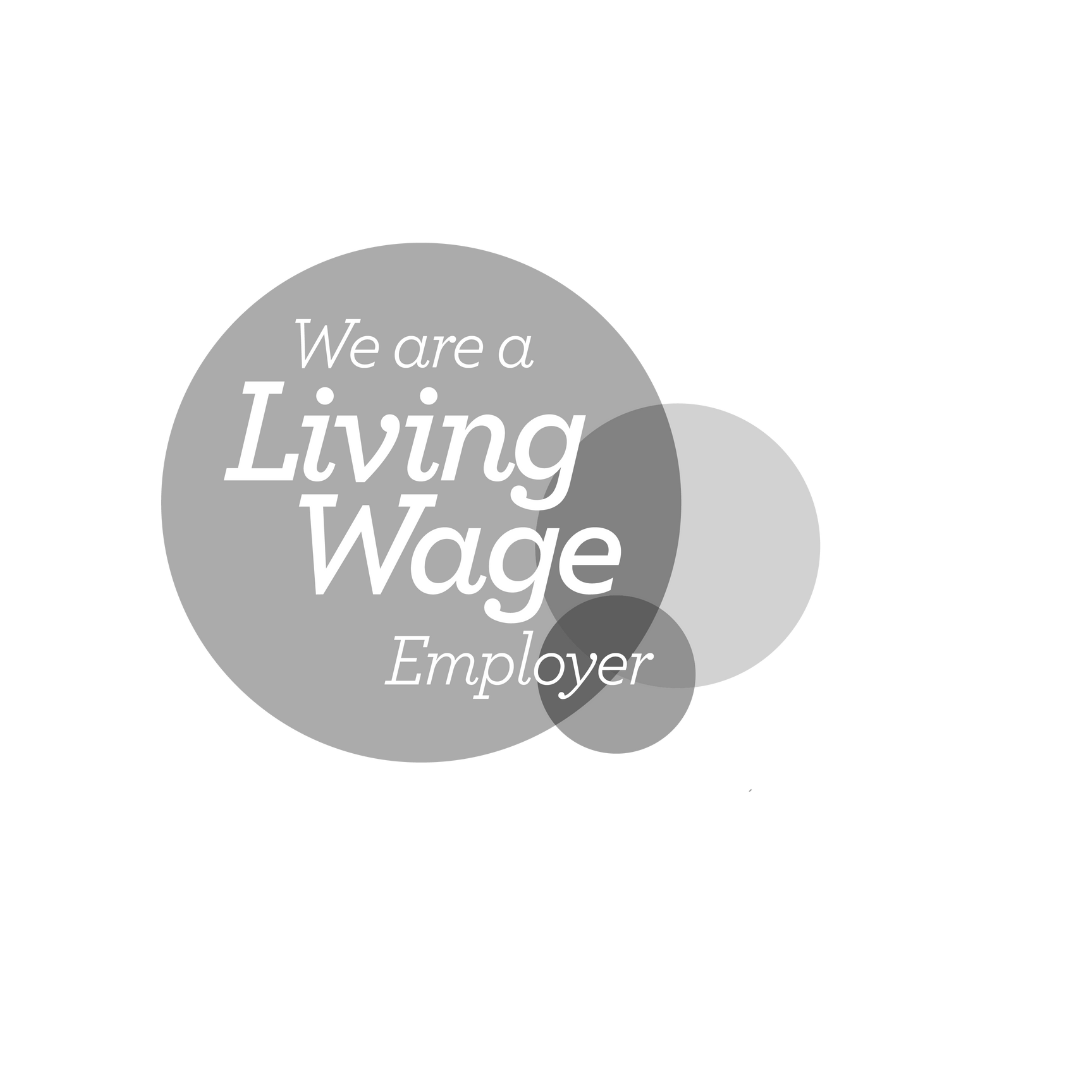

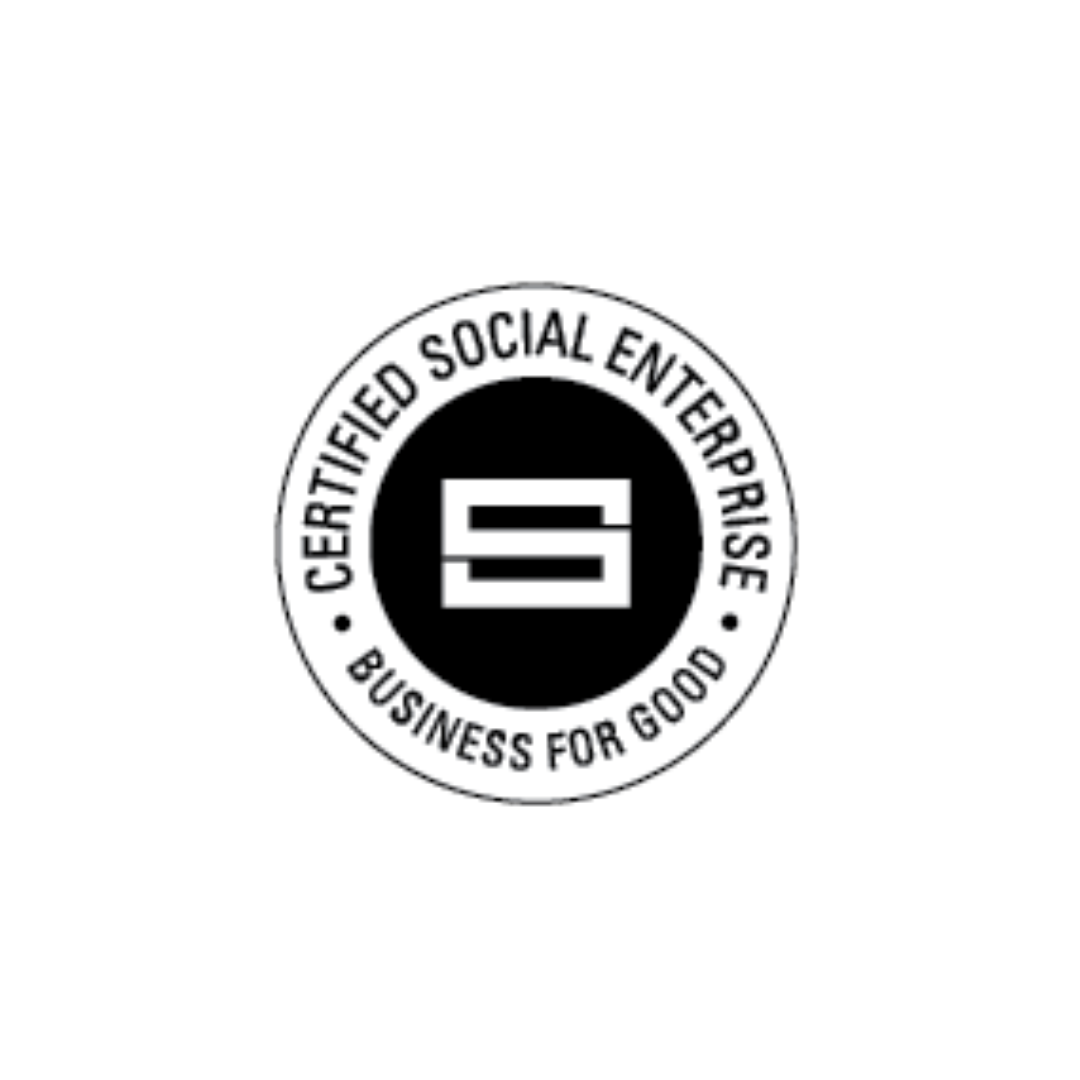

Leave a comment
This site is protected by hCaptcha and the hCaptcha Privacy Policy and Terms of Service apply.